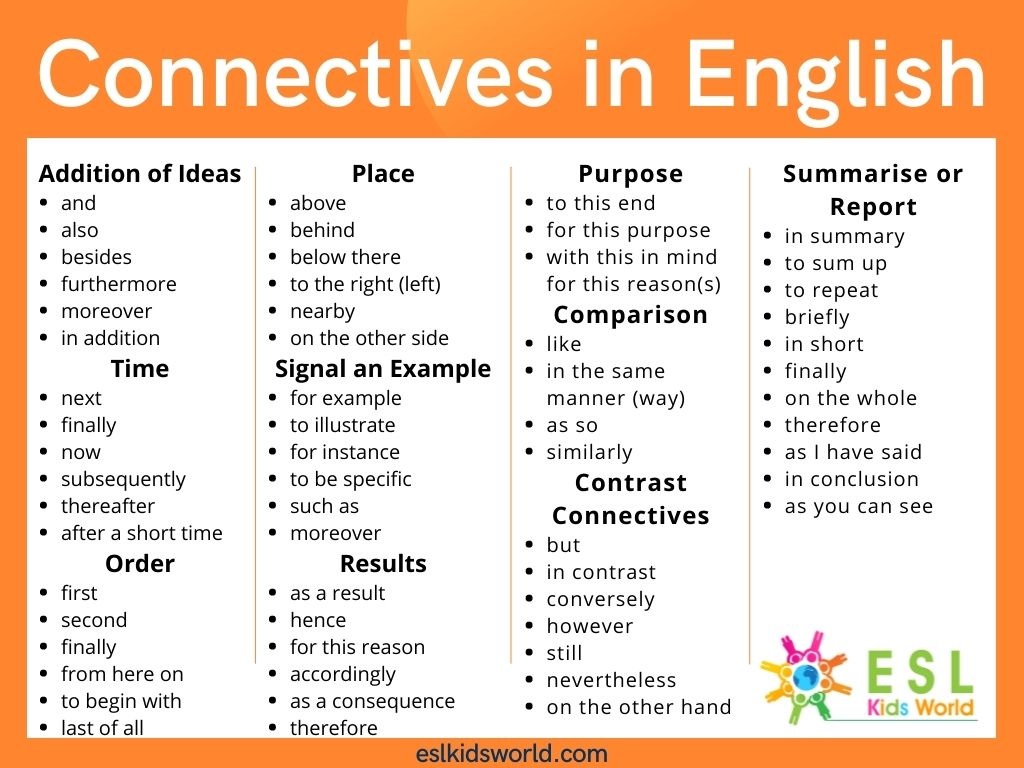The umbilical cord: a fascinating structure. It provides a lifeline. It connects mother and fetus during gestation.
Wharton's Jelly: The Umbilical Cord's Special Connective Tissue
The umbilical cord is not just a simple tube. It contains several important structures. Among them are blood vessels. Most notably, it houses a unique type of connective tissue. This tissue is known as Wharton's jelly.
Wharton's jelly is primarily composed of mucopolysaccharides. These are complex sugar molecules. They attract and bind water. This creates a gel-like substance. This substance is essential for the protection of the umbilical cord's blood vessels.
The primary role of Wharton's jelly is to cushion. It protects the umbilical arteries and vein. This cushioning prevents compression. Compression could interrupt blood flow. Interruption of blood flow can be detrimental to the developing fetus.
Explaining Wharton's Jelly in the Classroom
Start with the big picture. Discuss the function of the umbilical cord. Emphasize its role in providing nutrients. Explain how it delivers oxygen to the fetus. Then, introduce Wharton's jelly as a protective component.
Use analogies to make it understandable. Compare Wharton's jelly to a shock absorber. Explain how it works within the umbilical cord. A water balloon or a gel-filled phone case can also illustrate this concept.
Visual aids are extremely helpful. Use diagrams of the umbilical cord. Highlight the location of Wharton's jelly. Microscopic images can show its structure. You can also use videos. Videos can demonstrate the flexibility of the cord and the impact absorption provided by Wharton's jelly.
Hands-on activities can reinforce learning. Consider using a simple experiment. Compare the compressibility of two tubes. One filled with a gel-like substance (like hair gel). The other filled with air. This illustrates the protective effect of Wharton's jelly. Always emphasize safety. Adult supervision is required.
Addressing Common Misconceptions
Students might think that the umbilical cord is rigid. They may believe it's easily compressed. Make it clear that Wharton's jelly provides significant flexibility. It also helps prevent kinking and compression.
Another misconception is that the umbilical cord contains nerves. Emphasize that the umbilical cord primarily consists of blood vessels. Explain that it is surrounded by a protective matrix of Wharton's jelly.
Sometimes students believe that the mother and fetus share blood directly. Clarify that the umbilical cord facilitates the exchange of nutrients and oxygen. The blood of the mother and fetus do not mix directly.
Making the Concept Engaging
Use real-world examples to connect with students. Discuss situations where impact absorption is important. Examples include sports equipment. Explain the role of protective layers in car bumpers. Relate it back to the protective function of Wharton's jelly.
Incorporate a case study. Present a scenario where umbilical cord compression occurs. Discuss the potential consequences. Challenge students to propose solutions. This encourages critical thinking and problem-solving skills.
Organize a debate. Divide the class into groups. One group argues for the importance of Wharton's jelly. The other group explores alternative protective mechanisms. This fosters teamwork. It promotes a deeper understanding of the topic.
Ask questions. Prompt questions throughout the lesson. Encourage students to explore the material. Examples include: "How does the structure of Wharton's jelly relate to its function?" and "What would happen if Wharton's jelly was absent?"
Research projects are valuable. Have students research different types of connective tissue. Compare and contrast them. Explore the unique properties of Wharton's jelly. This fosters independent learning and exploration.
Interactive simulations. If available, interactive simulations can be highly effective. Simulations can show the effect of compression on the umbilical cord. It demonstrates the protective role of Wharton's jelly. These simulations can deepen the understanding of its function.
Consider inviting a guest speaker. A medical professional (such as an obstetrician or a neonatologist) can share their expertise. They can provide real-world insights into the importance of the umbilical cord. They can describe the role of Wharton's jelly in fetal development.
Encourage students to explore the ethical considerations. Discuss the use of umbilical cord blood stem cells. Examine the potential benefits and challenges associated with this practice. This adds a layer of complexity. It promotes thoughtful discussion.
Wharton's jelly is vital for the protection of the umbilical cord. It helps to ensure healthy fetal development. By using creative teaching strategies, educators can make this complex topic accessible and engaging. It can also be relevant for students.

